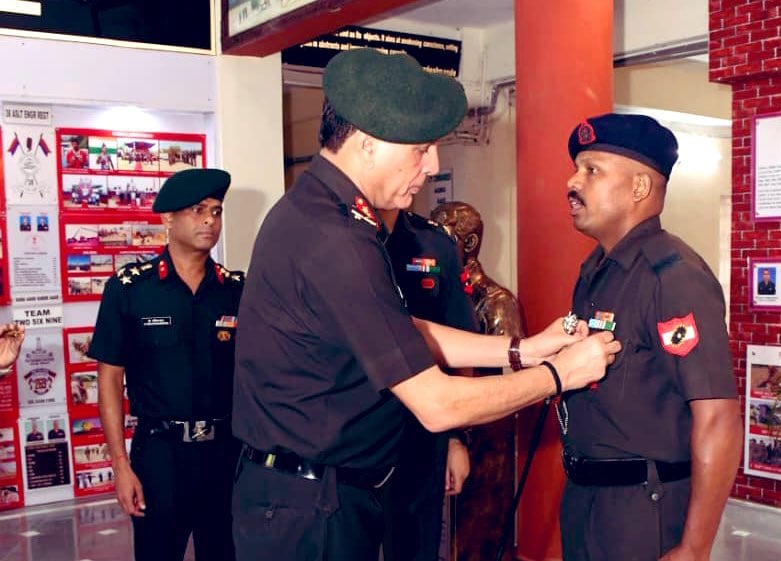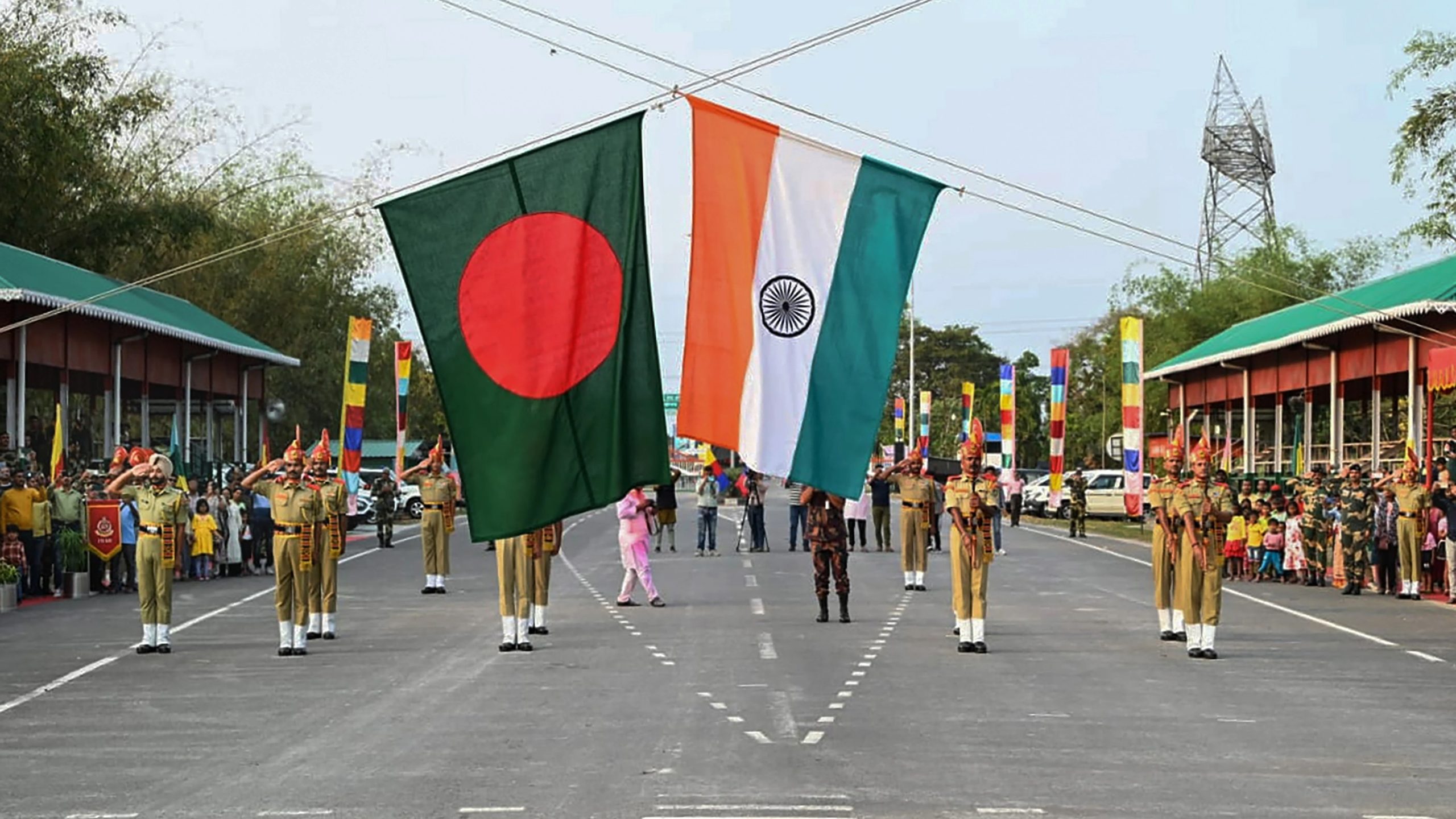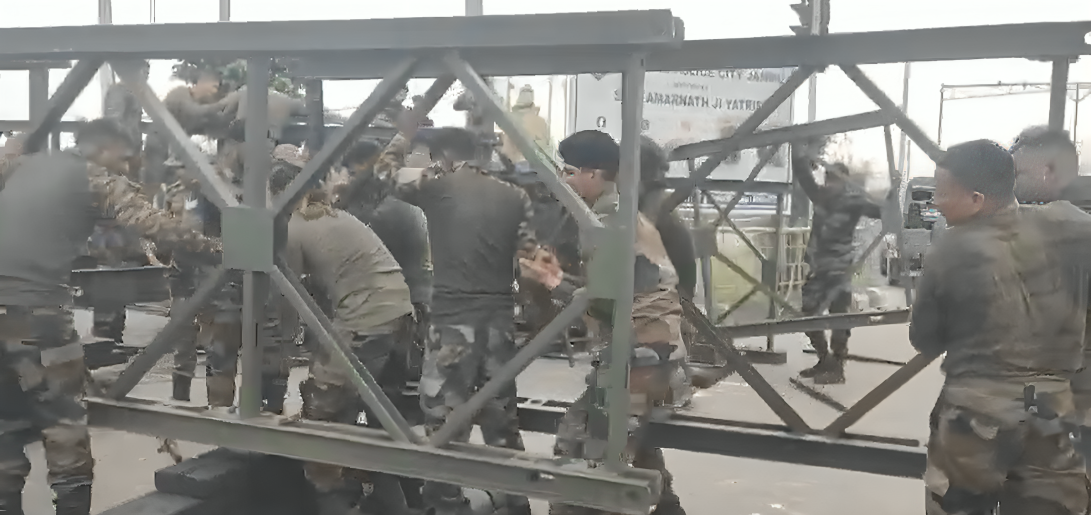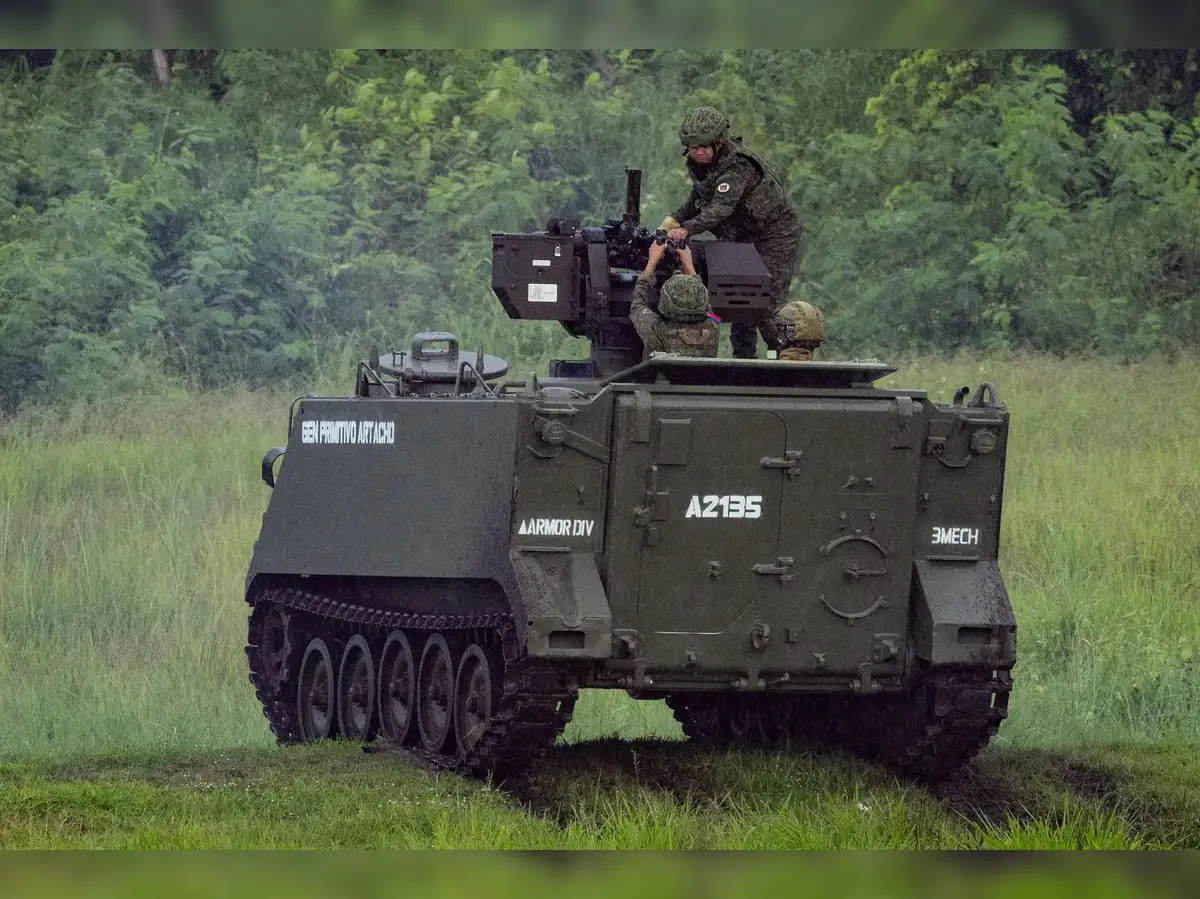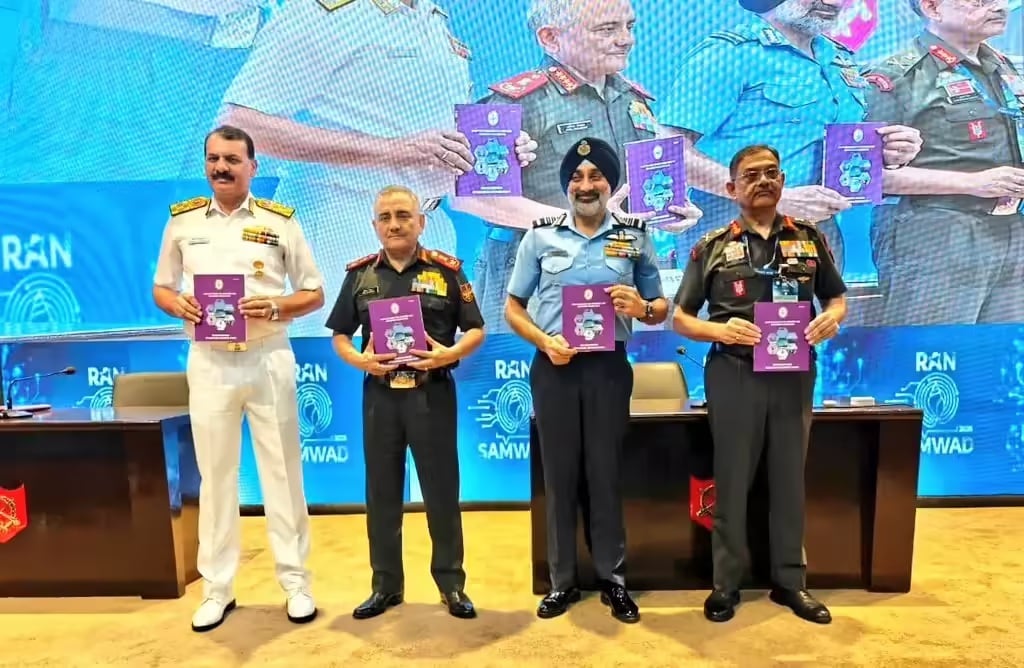Bayraktar TB2 Drone Factory in Ukraine Struck by Russian Missiles
Fourth Attack on Facility in Six Months Causes Major Fire.
Indian Army’s Southern Command Highlights Tech-Driven Preparedness at Nasirabad
Southern Army Commander Reviews Combat Readiness and Tech-Driven Innovations at Nasirabad Military Station.
India, Bangladesh Hold Border Talks; Safety of BSF Troops, Fence Construction in Focus
India, Bangladesh Discuss Border Security, Fencing, and Drone Threats in Latest Bilateral Talks.
Army Engineers Rush to Repair Damaged Tawi Bridge in Jammu
Traffic Diversions Enforced While Repairs Continue on Rain-Hit Bridge.
India, Saudi Arabia Explore Joint Manufacturing of Military Hardware
New Delhi–Riyadh Talks Signal Shift from Buyer-Seller Ties to Joint Defence Production.
CDS Unveils Joint Doctrines for Special Forces and Airborne Operations at RAN SAMWAD
CDS General Anil Chauhan releases two key doctrinal publications at RAN SAMWAD, strengthening joint operational capability of Special Forces and…


